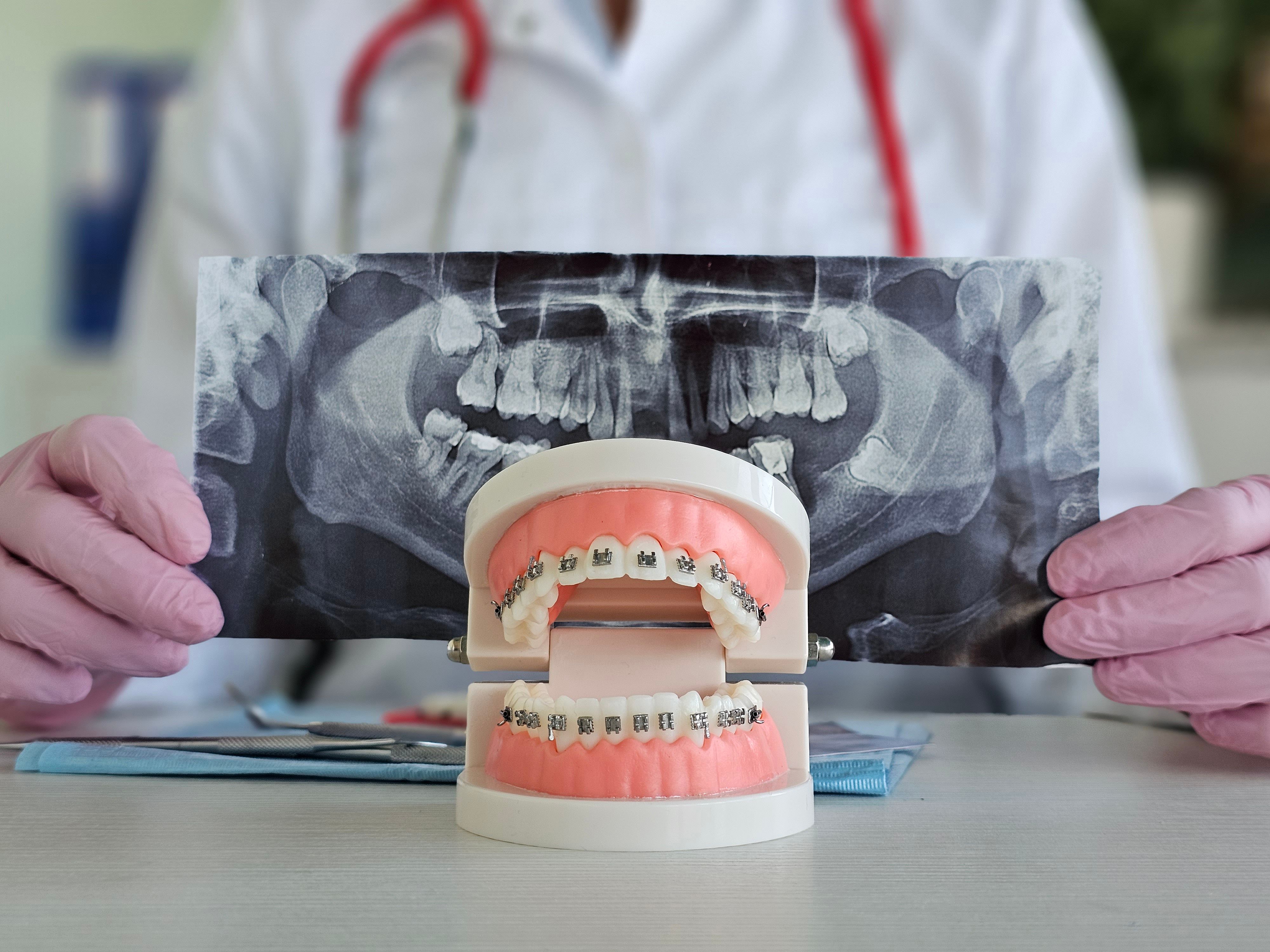Braces After 40: What You Need to Know
Why Consider Braces After 40?
More adults are opting for braces later in life, and it's not just about aesthetics. Many individuals over 40 are recognizing the health benefits of straightening their teeth. Properly aligned teeth can improve oral hygiene, reduce the risk of gum disease, and even alleviate jaw pain.

The Benefits of Straightening Your Teeth
While a beautiful smile is a great perk, the advantages of orthodontic treatment go beyond looks. Here are some key benefits:
- Improved Oral Health: Straight teeth are easier to clean, reducing the risk of cavities and gum disease.
- Enhanced Digestion: Properly aligned teeth can lead to more effective chewing, aiding digestion.
- Reduced Jaw Pain: Correcting bite issues can alleviate tension and pain in the jaw.
Types of Braces Available
Adults have several options when it comes to braces. Traditional metal braces are still popular, but many adults prefer more discreet alternatives like clear aligners or ceramic braces. Each type has its own benefits and considerations, so it's essential to consult with an orthodontist to find the best fit for your needs.

Clear Aligners vs. Traditional Braces
Clear aligners, such as Invisalign, offer a nearly invisible way to straighten teeth. They are removable, which makes eating and cleaning more convenient. However, they require discipline as they need to be worn for 20-22 hours a day. On the other hand, traditional braces are fixed and might be more effective for complex dental issues.
Duration and Commitment
The length of orthodontic treatment can vary significantly depending on the severity of the misalignment and the type of braces chosen. On average, treatment can last from 12 to 24 months. It's a commitment, but many find the results well worth the effort.

Adjusting to Life with Braces
Adapting to braces as an adult involves some lifestyle changes. Initially, you might experience discomfort as your teeth start to move into their new positions. Over-the-counter pain relief can help manage this adjustment period. Additionally, some changes in diet may be necessary to avoid damaging the braces.
Cost Considerations
The cost of braces can be a significant factor for many adults considering treatment. Fortunately, there are various payment plans and insurance options available to make orthodontic care more affordable. It's advisable to explore these options with your orthodontist to find a plan that suits your budget.
Consultation and Planning
The first step in getting braces is a consultation with an orthodontist. During this initial meeting, you'll discuss your goals, evaluate your dental health, and create a personalized treatment plan. This stage is crucial for setting realistic expectations and understanding the process.

Conclusion
Getting braces after 40 is a significant decision that can lead to improved oral health and enhanced self-confidence. By understanding the options and committing to the process, you can achieve a healthier smile that lasts a lifetime. Embrace the journey to better dental health, knowing that each step brings you closer to your goal.
